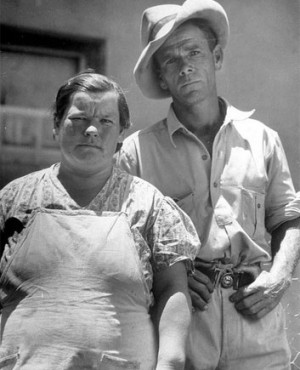
Cape Town – When Dutch colonists from the Netherlands moved to South Africa in the 17th and 18th centuries, many of them settled in the region and have lived there since. As the years passed, many other people from other countries joined them. For over 200 years, people of German, British, and French descent moved to South Africa as well. Through time, they developed their own set of cultural identity, including a distinct language that started as a spoken dialect and gradually evolved into a written language. These people are now considered as one of the unique ethnic groups in South Africa called the Afrikaners.
Dominance and Prominence in The Country
The Afrikaners, with their European appearance, were once the dominant ethnic group in South Africa. Many of the immigrants created their own identity in South Africa and called themselves the Afrikaners. They developed their own language, history, and religion. The creation of their own national identity and cultural practices helped in distinguishing them from the indigenous groups San and Khoi, who went deeper into the interior of South Africa. In addition, this was also their way of keeping their community together as they needed to be distinct from the other south-moving Bantu-speaking groups.
To this day, there are numerous Afrikaners living in communities where they speak their own language (Afrikaans) and practice their own culture. This practice has preserved their history for the present members of this ethnic group. Even as modern-day practices blend with their traditional ways, their identity as Afrikaners remain intact.
Afrikaans as A New Language
Afrikaans played a great part in finally establishing the Afrikaners’ identity. It is a language that originated from the Dutch language of the 1600s. More than that, there are a lot of foreign and indigenous influences in their language as they began using it within their own communities.
Building a new language was not easy. Early Afrikaners went through a lot of steps to achieve this, such as the incorporation of different phrases into their first Dutch dialect while still keeping it comprehensible for the members of the community to understand. Moreover, the Afrikaans as a language was first referred to as “Cape Dutch” or even “Kitchen Dutch,” which was a bit difficult for locals and non-locals to fully understand.
Afrikaans was not used in formal writing and it wasn’t thought of as a formal language as it was only spoken by people living in the Cape. Still, as time passed, there was some work done in fully developing the language. Afrikaners even used some characters of the Arabic alphabet as a reference in the mid-1800s for their writing. Eventually, with the effort of the Afrikaners, Afrikaans is currently one of the 11 official South African languages recognized by the constitution. It is a remarkable time for the members of this ethnic group, as it is with language that they can fully engage and be recognized by the other indigenous members of South Africa.
Image from Margaret Bourke-White (HiltonT), https://www.flickr.com/photos/hilton-t/



